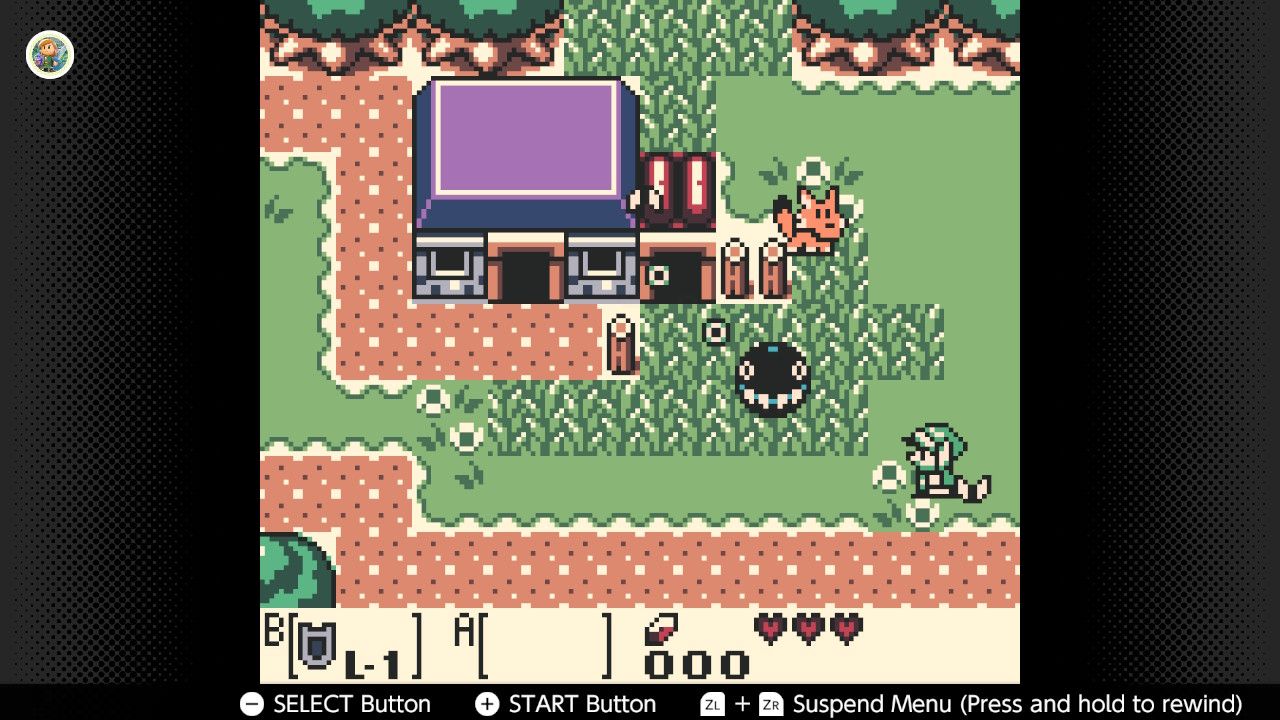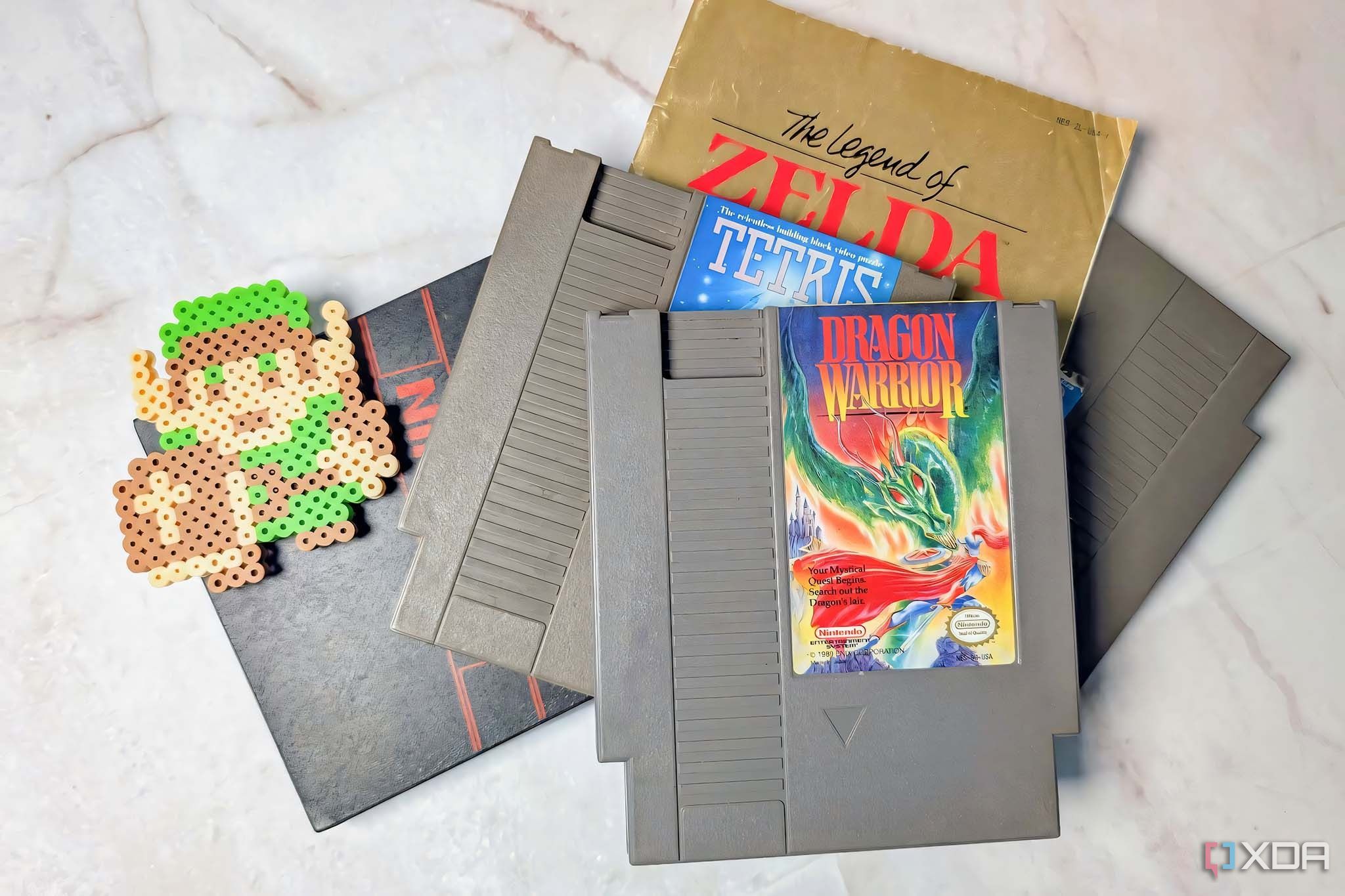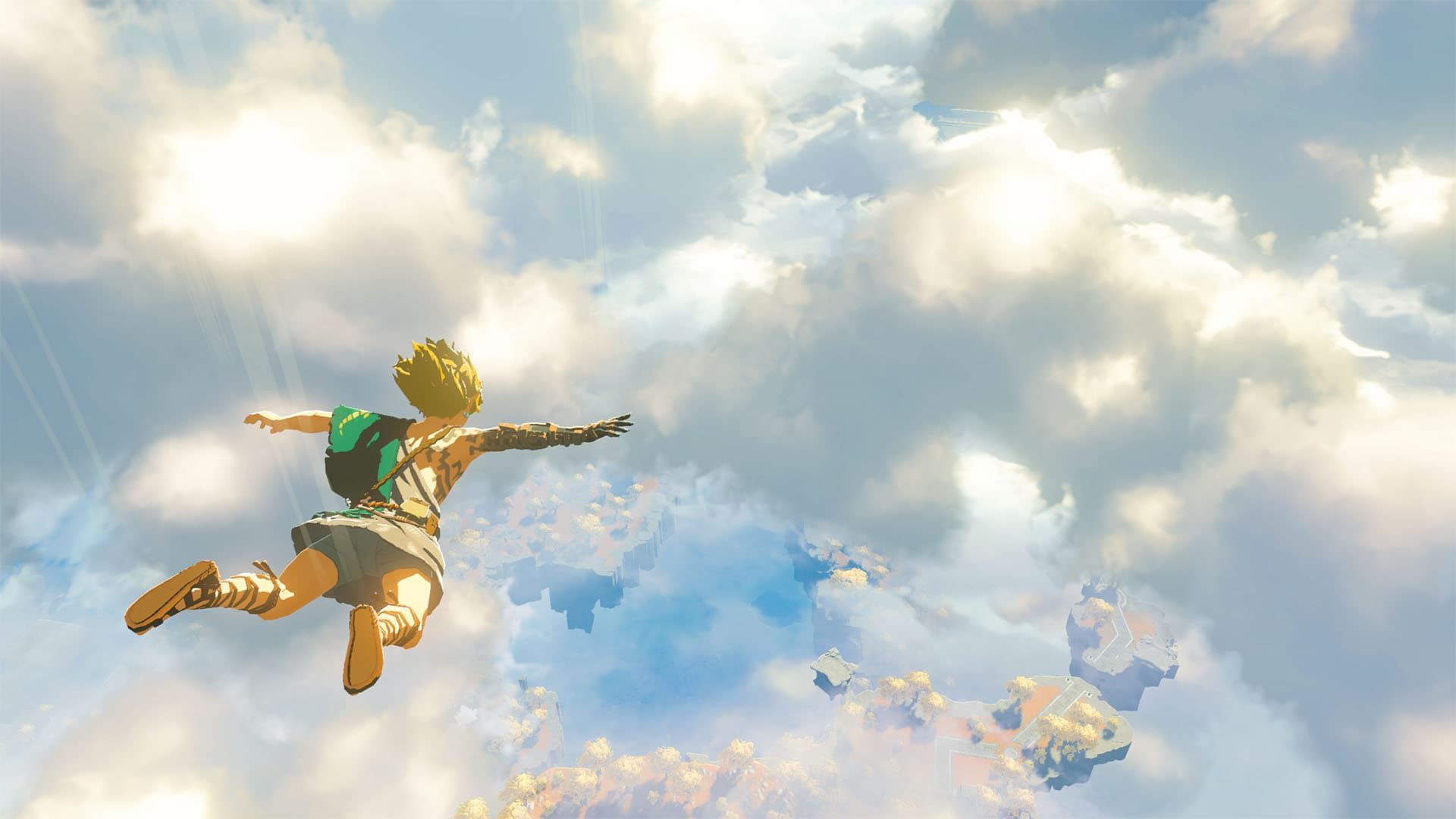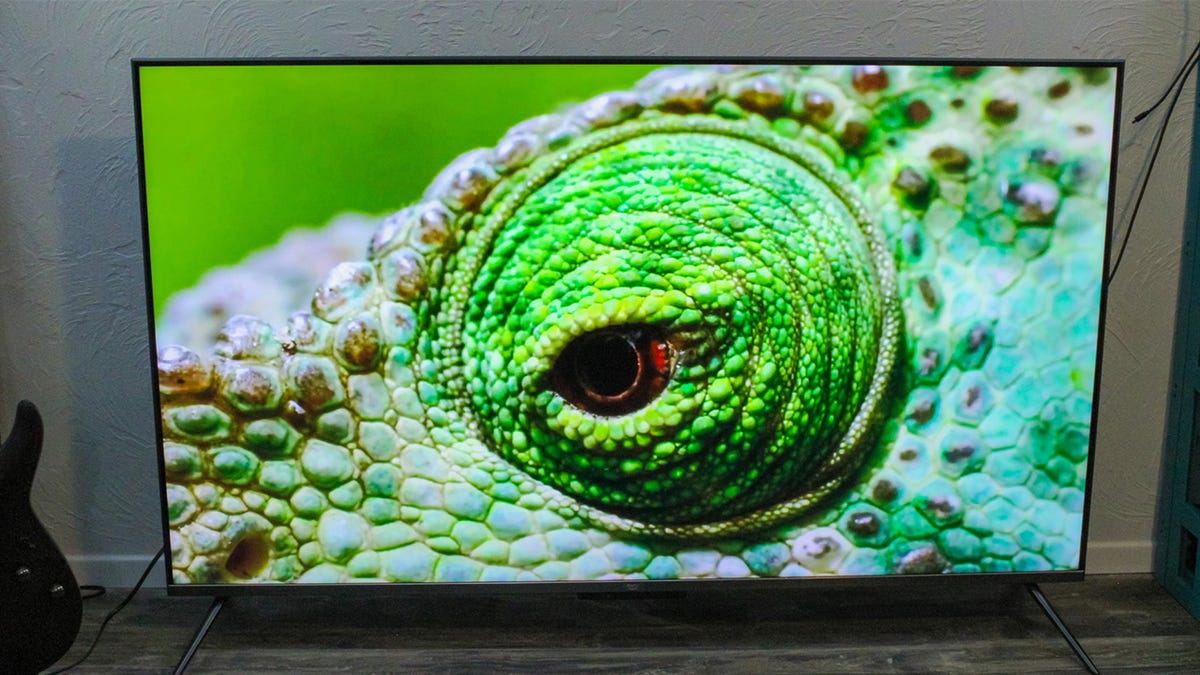The Legend of Zelda series is a pillar of gaming at this point, with nearly 40 years' worth of games. What started on the NES with 8-bit graphics has gone to fully open-world games with Tears of the Kingdom and Breath of the Wild. With the Nintendo Switch 2 looming, which will feature paid upgrades for both Tears of the Kingdom and Breath of the Wild and GameCube classic Wind Waker on NSO, which makes now a great time to walk through the evolutions of the series has seen since the 80s. Originally an 8-bit game on the NES, there are a few major evolutions you can mark, most of which come with improvements to the technology, or in the case of our first big change, a new place to play.
Link's Awakening made it a handheld experience
You were able to play Zelda on the go before Nintendo could even imagine the Switch

Source: Nintendo
The first big change came in 1993, when The Legend of Zelda: Link's Awakening was released for the Game Boy (and later an updated version was made for the Game Boy Color). One of the few entries to take place outside Hyrule Kingdom, Link's Awakening took the action-adventure series on the go. Despite being on the Game Boy, Link's Awakening still felt like a mainline entry, thanks to the smart use of a top-down view like the older games and dungeons. It was also the first game to feature fishing or an Ocarina, the latter of which will be important for the series moving forward. If you were wondering how it holds up, there is a faithful remake on the Nintendo Switch, so you can still play it handheld if you want.
Ocarina of Time made it 3D, impacting all third-person combat going forward
Back-to-back entries changed the Zelda series forever
While it would take five years for The Legend of Zelda: Ocarina of Time to release following Link's Awakening, it remains impressive that two back-to-back games would be evolutions of the series. With 2D games now on handheld consoles and the 3D-capable Nintendo 64, home to many classics, the current home console, it makes sense that Ocarina of Time would take advantage of that technology. Now 3D, the game has become a third-person experience, with Link sword fighting, shooting arrows, and throwing bombs with an over-the-shoulder view. This game also introduced Z-targeting, a lock-on mechanic that would become a staple of the series and integral to modern third-person action games. It also has a more "realistic" look compared to previous games, a result of the 3D look.
Breath of the Wild made it self-directed
The freedom to go anywhere and do anything changed the meaning of Adventure
The Legend of Zelda: Breath of the Wild is the marker of so many evolutions for the series; it's hard to pick just one. It's the best-selling game in the series at 32.8 million copies (via Nintendo), transforming what was a pillar of Nintendo into one of its best-selling series. It also marks the launch of the Switch by being the first Zelda to launch on the hybrid home-handheld system, making it the first game to be made for at home and on the go. Most importantly, though, it introduced a level of self-directed fun previously unseen. You could tackle the major dungeons in any order, pursue Shrine puzzles as often as you wanted, and you could even go fight Ganon within a few hours of starting the game. While some people miss the classic formula, the new version is clearly beloved, although in 2025, it's hard to give all the credit to Breath of the Wild.
Tears of the Kingdom may be more important to the evolution of Zelda
If you thought Breath of the Wild let you do anything, Tears of the Kingdom takes it so much further
While much of The Legend of Zelda: Tears of the Kingdom owes much of its structure to Breath of the Wild, there is a reason it has become the highest-ranked Zelda game. While Breath of the Wild allows you to go anywhere, your tools were still quite specific. There was flexibility when it came to puzzle solving, but the Ultrahand ability in Tears of the Kingdom made it almost free-form. If you are unfamiliar with it, Ultrahand allows you to take objects in the environment, almost anything, and fuse them together. At its simplest, you can make a bridge to cross a gap, but using machines, you could craft full-on vehicles and mechs if you wanted. That level of freedom blows past Breath of the Wild in more than a few ways.
Or was Tears of the Kingdom just refining the series
Looking at the original The Legend of Zelda, there are tons of similarities in the freedom that the game offers. While tools and puzzles have more specific solutions, you do go through that game largely without objective markers or much indication of where to go and what to do. That freedom to approach problems has always been partially present, which is why nearly every entry in the series is critically acclaimed. Breath of the Wild and Tears of the Kingdom might seem like massive departures for the series, but after playing both, it feels more like the natural path the series was always destined for.
.png)













 English (US) ·
English (US) ·